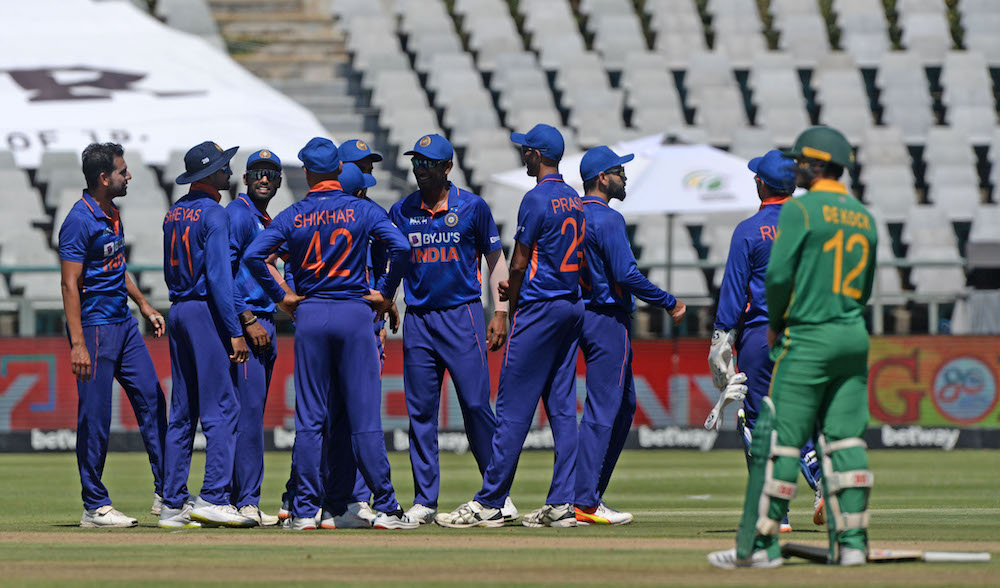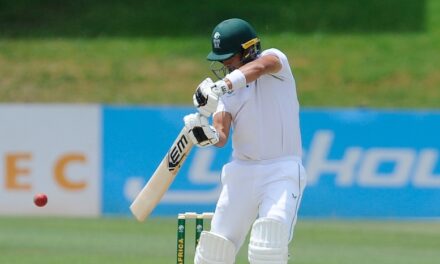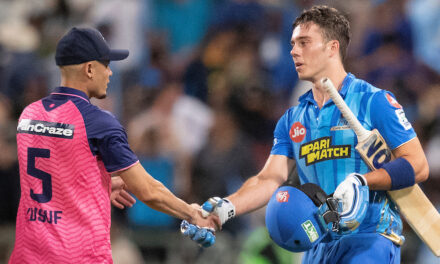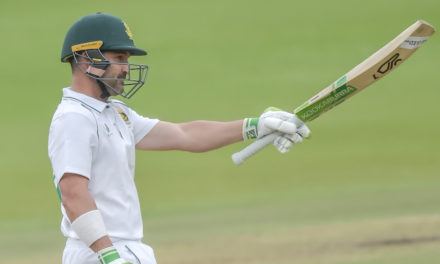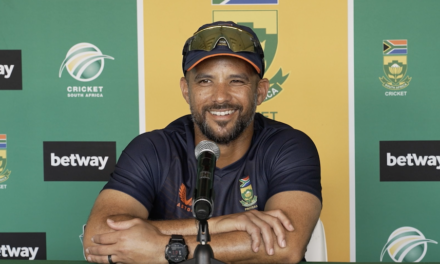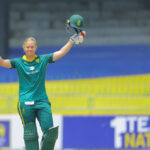This piece reflects on the facets of the game that cost India both the Test series and the ODI series in South Africa.
When India’s tour of South Africa was confirmed, millions of Indian fans were ecstatic because India was now presented with an opportunity to win its first Test series in South Africa.
Given how India had dominated overseas in the last three years, I thought India would win 3-0, as did a number of experts, including the legendary Sunil Gavaskar. Alas, we were proven wrong by a determined, tough, and gritty South African team, who were deserving winners of the Test and ODI series.
This piece reflects on the facets of the game that cost India both series.
Team selection was always going to be a challenge for India. Would the team management persist with Cheteshwar Pujara and Ajinkya Rahane who have been woefully out of form, averaging close to 25 over the last two years, or would younger batters be waiting in the wings to get their opportunities?
The team management chose to persist with Pujara and Rahane for their experience, and they delivered in the second innings of the second Test at the Wanderers, but they were unable to score big for most of the series. When experienced players fail to step up in overseas Test matches, it does put additional pressure on the bowling unit. While I would have liked to see younger players like Shreyas Iyer play Tests in South Africa, I can understand the rationale behind backing Pujara and Rahane.
Perhaps, Rahul Dravid and India’s next Test captain can determine the team’s direction through the course of India’s next few Test series at home. In addition to Pujara and Rahane, Ravichandran Ashwin’s selection was questionable. Ashwin picked three wickets and scored 89 runs across three Test matches.
In a six batter and five bowler attack, Ashwin’s contribution to the team needed to be significantly more substantial than what it was. Perhaps, India could have benefitted from an extra specialist batsman, given Pujara and Rahane’s poor form.
Rahul Dravid and the team management need to reflect on the types of pitches that are prepared for home series. Since 2015, a lot of Test cricket in India has been played on rank turners, where the ball spins on the first day itself. While that has put the opposition under pressure and built India’s impeccable home record, it has also contributed to the decline in form of Indian batters.
If Indian batters are unable to score big runs at home, they will lack the confidence to score runs away from home. Teams need to have the arsenal to take twenty wickets to win Test matches, but bowling lineups also need substantial runs from the top order to be able to win consistently in overseas conditions.
If the pitches that Indian batters play on over the next four years provide them with adequate opportunities to score big runs, they will be more confident in their abilities to produce hundreds on their next tour to South Africa.
Under Virat Kohli’s captaincy, India has built one of the world’s best fast bowling attacks. Jasprit Bumrah, Mohammed Shami, Ishant Sharma, Mohammed Siraj, and Umesh Yadav have been matchwinners for India over the last seven years. However, I believe India needs to groom more bowlers who can clock the 145-150 km/hr mark regularly.
South Africa’s bowlers proved to be more effective at the Wanderers and Newlands because of their height and additional pace. Bumrah, Shami, and Thakur were brilliant for most of the series, but were unable to extract the sort of purchase that Kagiso Rabada, Lungi Ngidi, and Marco Jansen were able to for South Africa.
While it is difficult for India to select players based on height, the selectors could pay more attention to bowlers who can deliver express pace.
Losing the ODI series 3-0 to South Africa was a colossal disappointment, looking at the pedigree of the Indian white-ball team. The players looked rusty right from the beginning, seeing that most of them had not played an ODI since the home series against England back in March 2021. The dip in intensity was evident and South Africa took complete advantage with bat and ball.
India are in a transition phase in ODI cricket, and the team and management need to formulate a template that allows them to play a more attacking brand of cricket. Although a number of key players such as Rohit Sharma, Ravindra Jadeja, Hardik Pandya, and Mohammed Shami were not available, the players that were selected should have been able to put in better performances.
One of the most disappointing facets of India’s performances in the ODI series was the lack of discipline with the bat. Far too often, India lost wickets in clusters. After being in dominant positions at different points in the three games, the lack of discipline from the batters allowed South Africa to ride with the momentum. This was particularly evident in the first and third ODIs, where Shikhar Dhawan and Virat Kohli contributed with two fifties each, but the rest of the batting collapsed after their dismissals.
Another challenge confronting India in ODIs is that the spinners are no longer as penetrative as they used to be. The primary reason for this is the retirement of MS Dhoni. When Dhoni was in the team as a wicket-keeper-batter, Yuzvendra Chahal took 81 wickets in 46 ODIs at an average of 25.32 and an economy rate of 4.92. Kuldeep Yadav took 91 wickets in 47 ODIs at an average of 22.53 and an economy rate of 4.87.
Since Dhoni’s retirement, Chahal has taken just 11 wickets in 8 ODIs at an average of 41.82 and an economy rate of 6.80. Yadav picked 14 wickets in 16 ODIs at an average of 61.71 and an economy rate of 6.22. Dhoni was never going to play for India indefinitely. Rohit Sharma and Rahul Dravid will have to find ways of using their spinners more effectively to contain oppositions in the middle overs of an ODI.
Despite India’s disappointing results through the course of this tour, I firmly believe that India was a quality team that played poorly in difficult conditions. I’m confident they will chart a resurgence. South Africa were, by far, the better Test and ODI team, and deserved to be crowned winners.
Photo: Ryan Wilkisky/BackpagePix

